London is one of the most exciting cities in the world with so much to see and do. Whether you're visiting for the first time or returning for another trip, there are a few key things to know that will help you explore the city.
From accommodation and food costs to tipping and tourist traps, this guide answers the most commonly asked questions about visiting London. Here’s everything you need to know before you go!
1. Is London an expensive city to visit?
Yes, London is quite expensive, especially when it comes to accommodation, dining and attractions. However, with planning and research, you can always find ways to save money and visit London on a budget.
Cost of accommodation
London has plenty of accomodation types for all budgets, so it shouldn't be difficult to find one that suits you. On the cheaper end, you can find hostels, budget hotels and guesthouses that typically range from £20 - £100 per night, for shared dorms and private rooms.
Mid Range hotels and apartments usually cost between £100 - £300 per night and luxury hotels start from around £300-£400.
Cost of food
The cost of eating out and buying food in London varies a lot depending on where you are and what you're looking for.
Budget friendly options such as street food and fast food usually cost around £5 - £10 for a meal. Coffee usually costs around £3.50 - £4 and sandwiches or light bites are around £4 - £8.
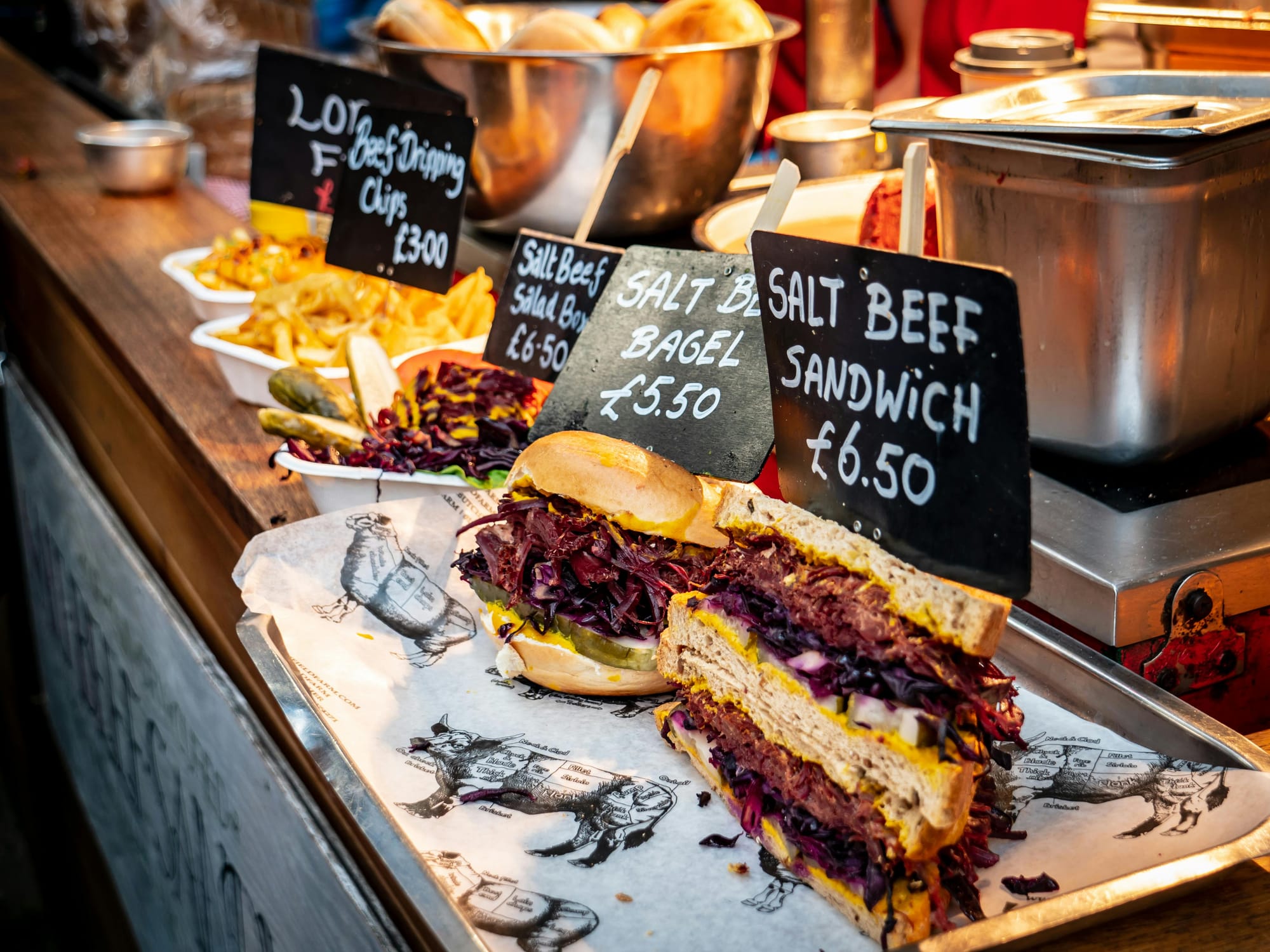
Mid range cafes and restaurants usually cost around £20 - £30 per person, including a drink. Luxury and high-end spots usually start from around £50 - £60 per person.
Buying your own food and preparing your own meals is a much cheaper option, with a weekly shopping budget of around £40-£80 for two people.
If you're not from the UK, you might not know that we have meal deals in most of our supermarkets, so you can pick up lunch for around £3-£4! This includes a main, snack and drink, which is great value and probably the cheapest meal you can get in London.
2. What currency is used in London?
London uses the British Pound (GBP), unlike most of Europe which uses the Euro (EUR), so just beware of this if you're travelling between London and the rest of Europe.
3. Do you need cash in London, or is card payment accepted everywhere?
You don't need cash in London as everywhere accepts card payments, including shops, restaurants and public transport. Cash is still accepted, but it’s not as commonly used; we never carry cash with us when exploring London!
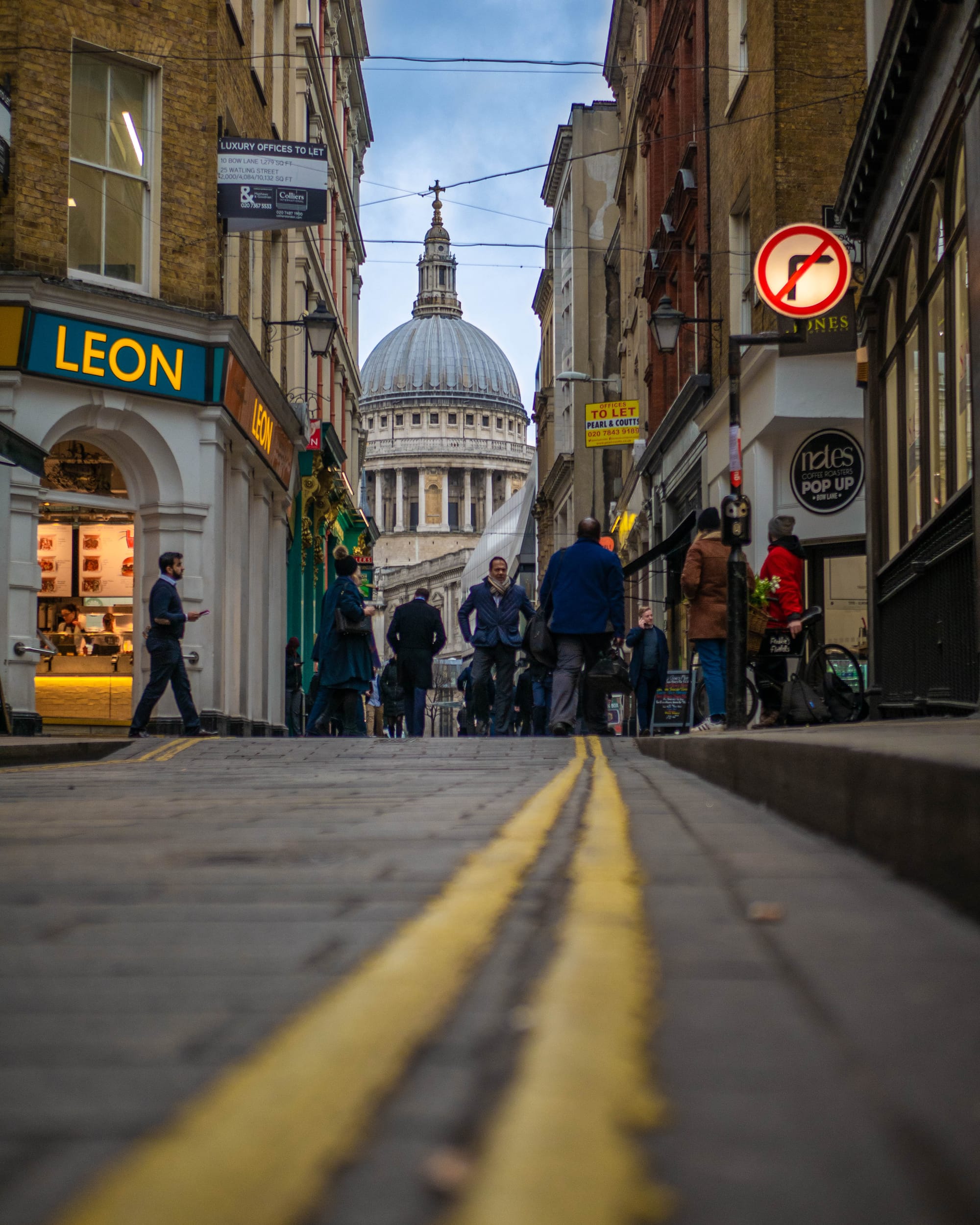
4. What is the best way to get around London?
The best way to get around London is by using public transport or walking. The public transport system is extensive and covers all of London, and includes the tube (underground), buses and trains.
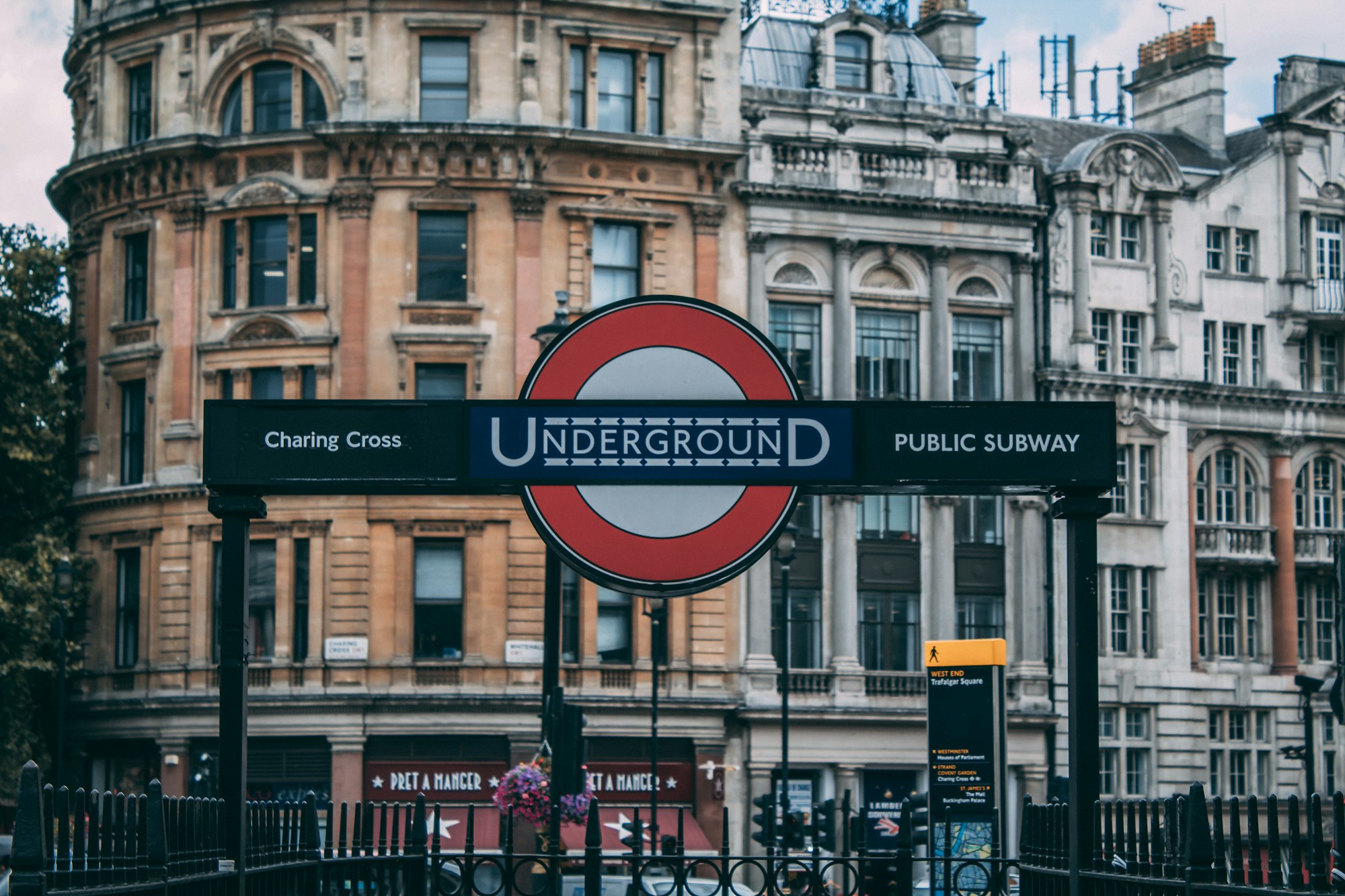
5. Is London a walkable city?
Yes, London is very walkable, especially in central areas. Many of the city's iconic landmarks, such as Buckingham Palace, Westminster Abbey and the Houses of Parliament, are within walking distance of each other. Walking allows you to discover hidden gems in neighborhoods like Covent Garden and Notting Hill.
6. Do you need to rent a car in London?
No, renting a car in London is not necessary or recommended. The city's public transport is efficient and extensive, and driving in London can be stressful because of heavy traffic, congestion charges and limited parking. Public transport or walking is usually the easiest way to get around.
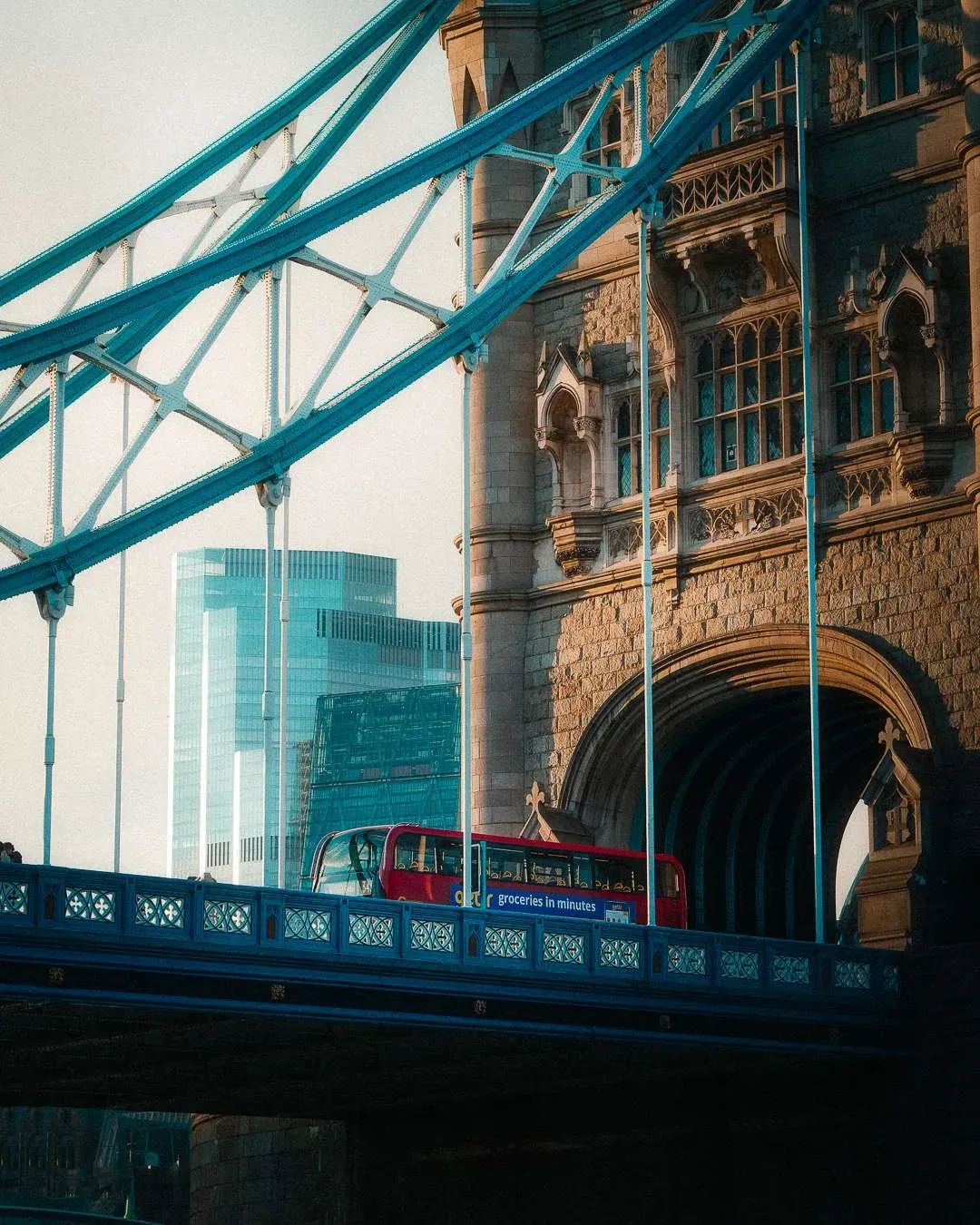
7. When is the best time to visit London?
The best time to visit London depends on your preferences for weather, activities, and crowds. The weather in the UK can be unpredictable, so it’s tough to pinpoint the perfect time to visit based on weather alone.
Summers are usually mild, with temperatures around the low 20s°C, though we do get the occasional hot spell (25–30°C), but you never really know when that’ll hit!
If you’re after the best chance of pleasant weather and sunshine, aim for spring (late March to May) or summer (June to early September). However, keep in mind that these months are peak tourist season, so expect larger crowds and pricier hotels.
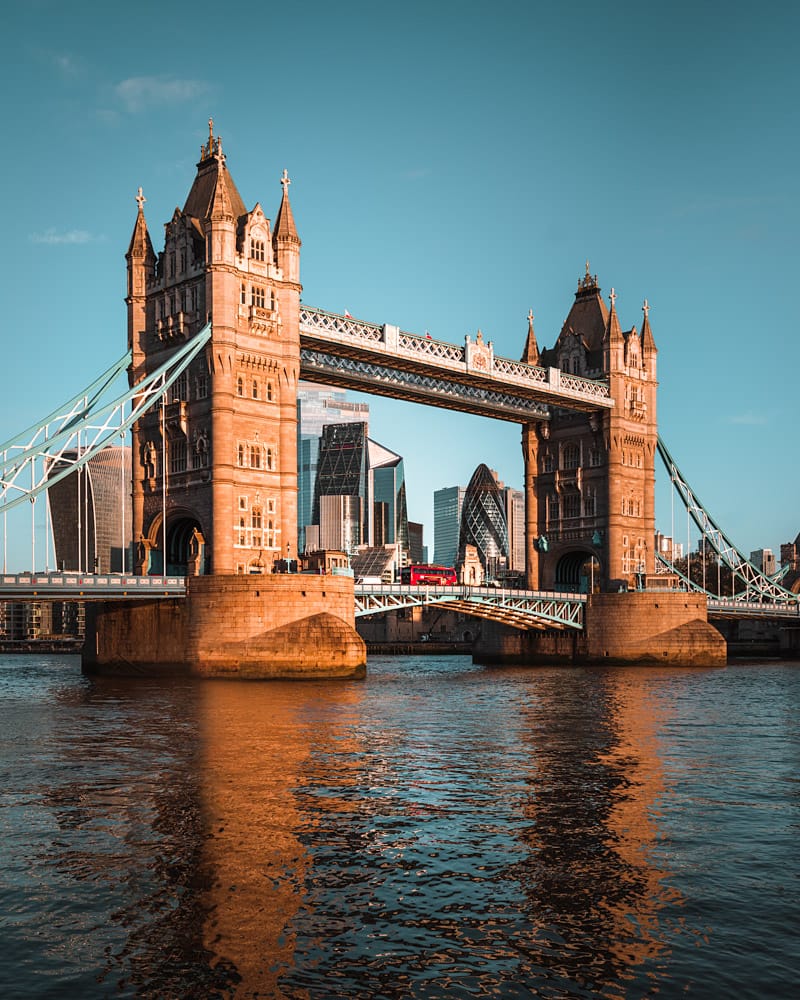
Autumn (late September to November) offers mild temperatures and autumnal colours but can be a bit rainy. Winter (December - February) is great for Christmas markets and festive lights. December tends to be chilly, but not freezing, whereas January and February are the coldest months, with temperatures sometimes dropping below freezing.
- Spring (Late March to May) - 8°C to 15°C.
- Summer (June to early September) - 15°C to 25°C.
- Autumn (Late September to November) - 10°C to 18°C.
- Winter (December to early March) - 0°C to 8°C.
8. Is tipping expected in London?
Tipping is not expected or mandatory in London, but it's appreciated for good service in restaurants. In most restaurants, they will add a service charge (usually 12.5%), which serves as a tip, but this is not mandatory and you can ask for it to be taken off. You're not expected to tip anywhere else like cafes, taxis or hotels.
9. How can you save money when visiting London?
There are plenty of ways to save money in London, like visiting free museums and galleries, walking or using buses instead of tubes or taxi's, and getting discounted activities using services like the GoCity Pass or TKTS booth in Leicester Square for theatre tickets. If you're looking for free activities in London, read our full guide here. 👇
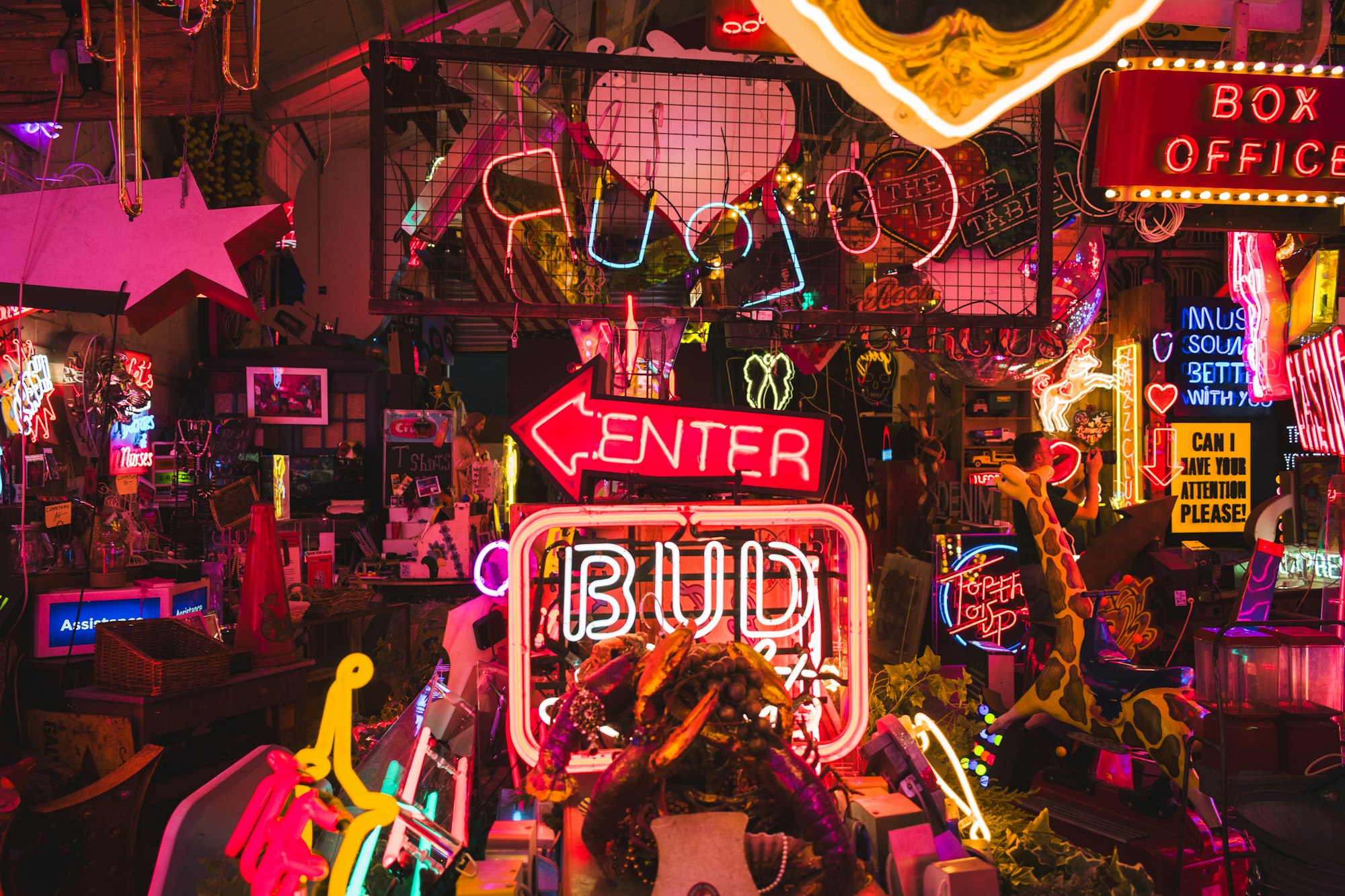
10. Are there any tourist traps to avoid in London?
Yes, there are a few tourist traps you should be aware of:
- Avoid overpriced restaurants in touristy areas like Leicester Square and Piccadilly Circus.
- Avoid street vendors selling souvenirs near major attractions like Big Ben or Oxford Street.
- Don't buy travelcards for the tube - it's always cheaper to just use your card (unless you don't have a card to tap).
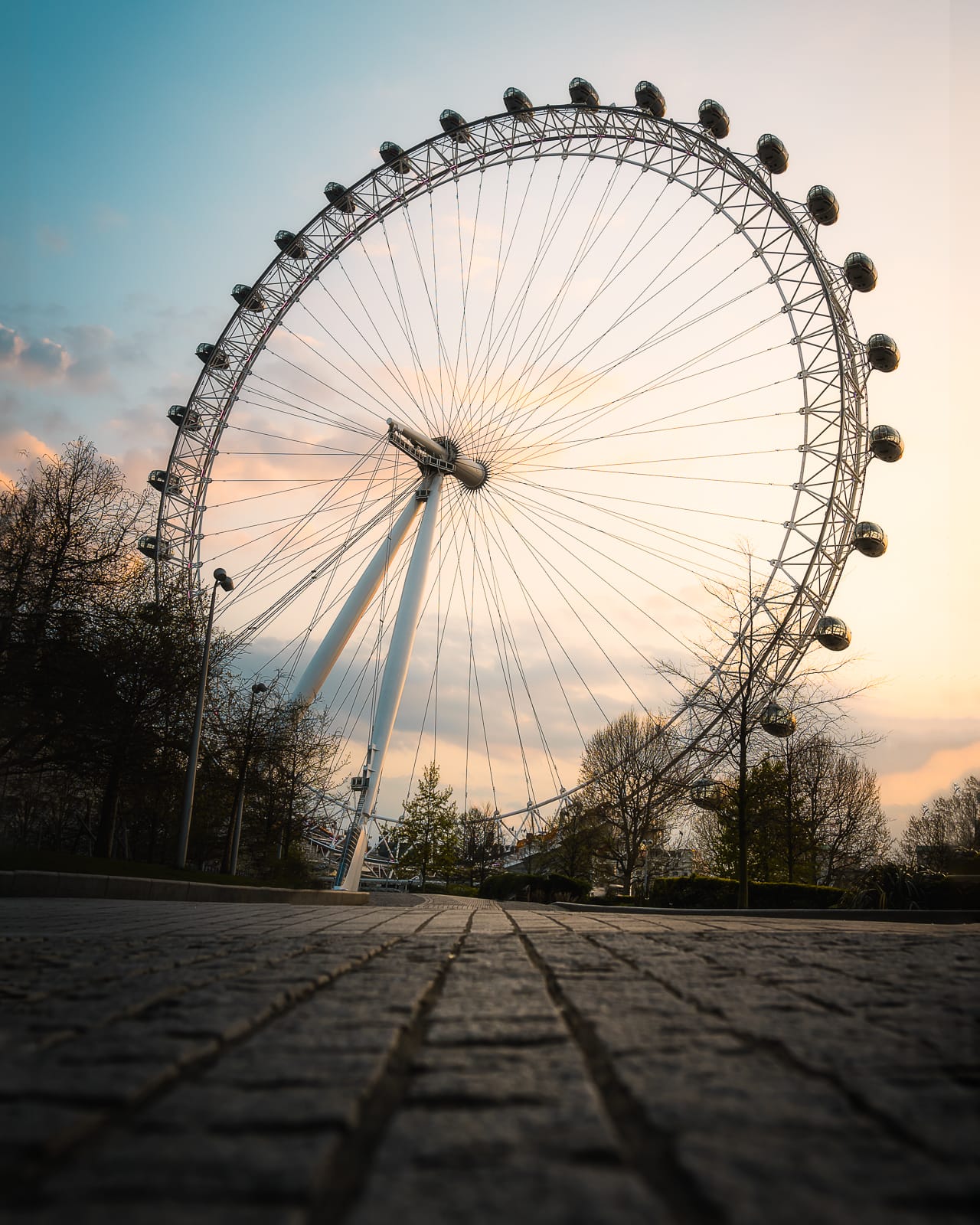
11. What plug type is used in London?
The UK uses Type G plugs which have three rectangular prongs. We always recommend using a universal travel adapter that includes multiple plug types and USB ports, as you can use it anywhere in the world and charge several devices simultaneously.
12. How many days is enough for exploring London?
The ideal amount of time for exploring London is around 3-4 days, which allows enough time to see iconic landmarks and to explore the different neighborhoods.
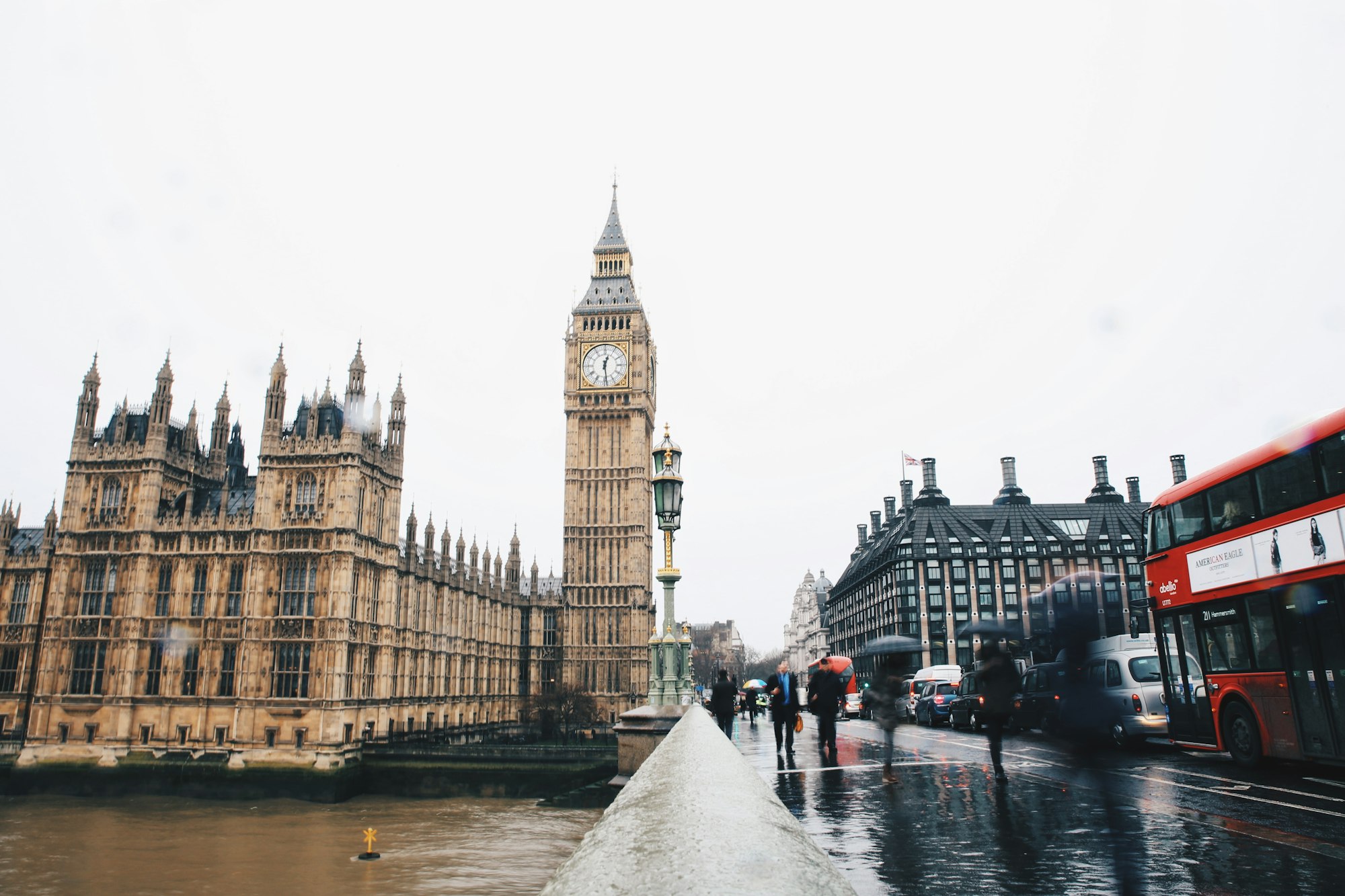
If you have more time, you can explore day trips outside of the city and explore at a slower pace. If you have less time, a 2 day trip still allows you to see London's highlights.
13. What should I pack for a trip to London?
Packing for London largely depends on the season, but always bring an umbrella, comfortable walking shoes and layers. London’s weather is unpredictable, so it’s best to be prepared for rain and varying temperatures. If visiting in winter, pack warm clothes and a waterproof jacket.
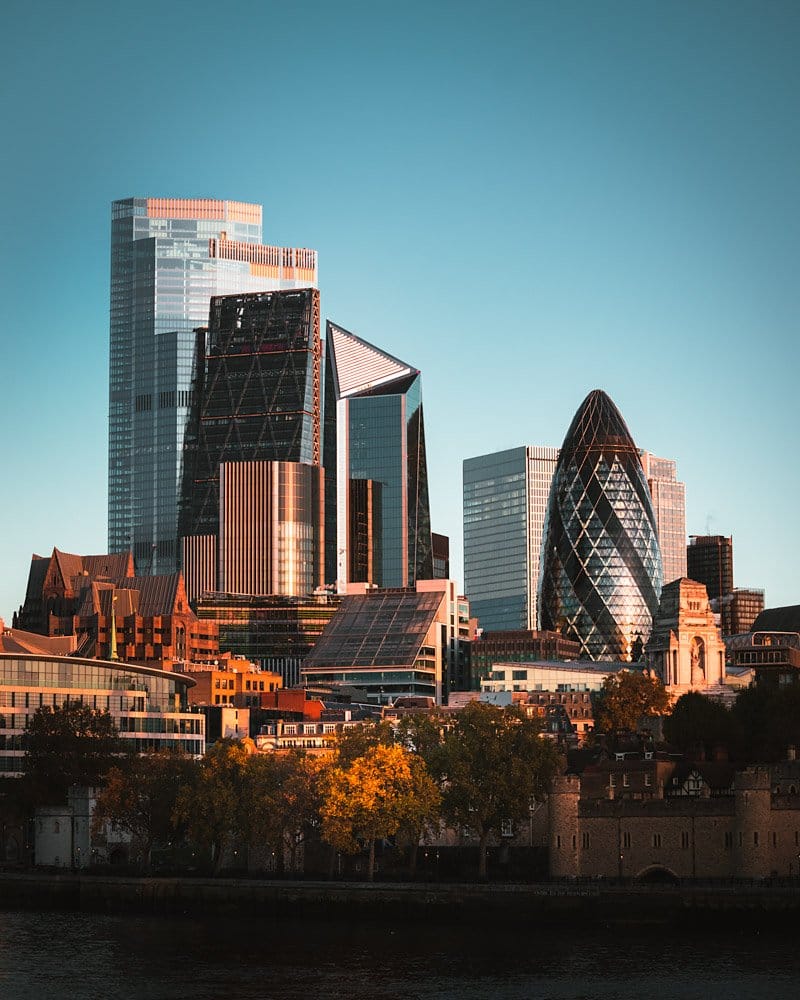
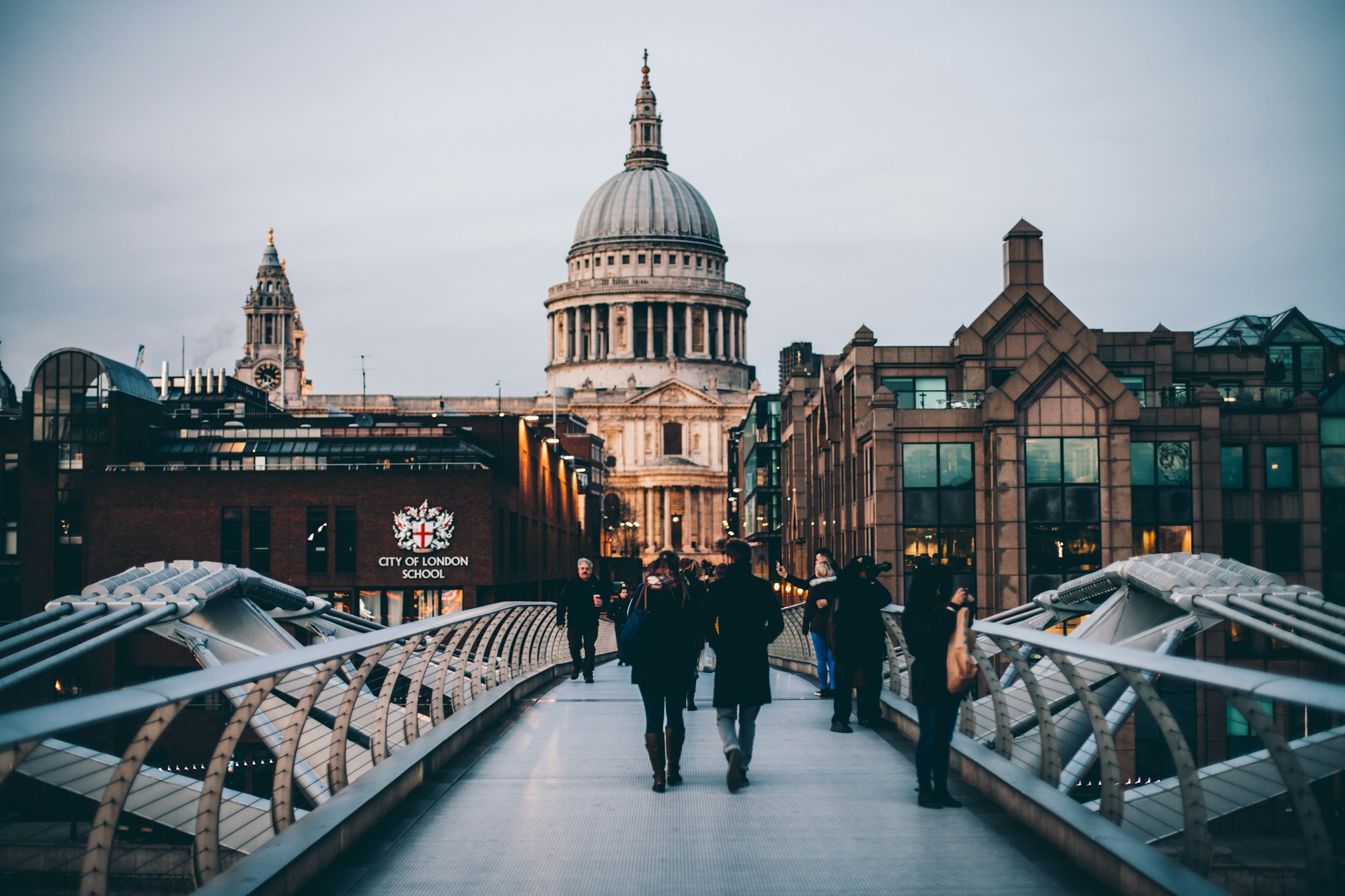
14. Can you drink tap water in London?
Yes, tap water in London is safe to drink and is high quality. Most restaurants will offer free tap water if you ask for it. Carrying a reusable water bottle can help you save money and stay hydrated while exploring (although there's not usually anywhere to refill your water).
15. Is London safe for tourists?
London is generally safe for tourists, but like any big city, it’s important to stay aware of your surroundings. Stick to well-lit areas at night, keep an eye on your belongings and avoid carrying large amounts of cash.
Pickpocketing and phone snatching can happen in crowded places, so be cautious and don't walk near roads with your phone out. It's not likely but you'll want to protect yourself with travel insurance anyway, so we would recommend considering SafetyWing's electronic theft add-on, just in case!
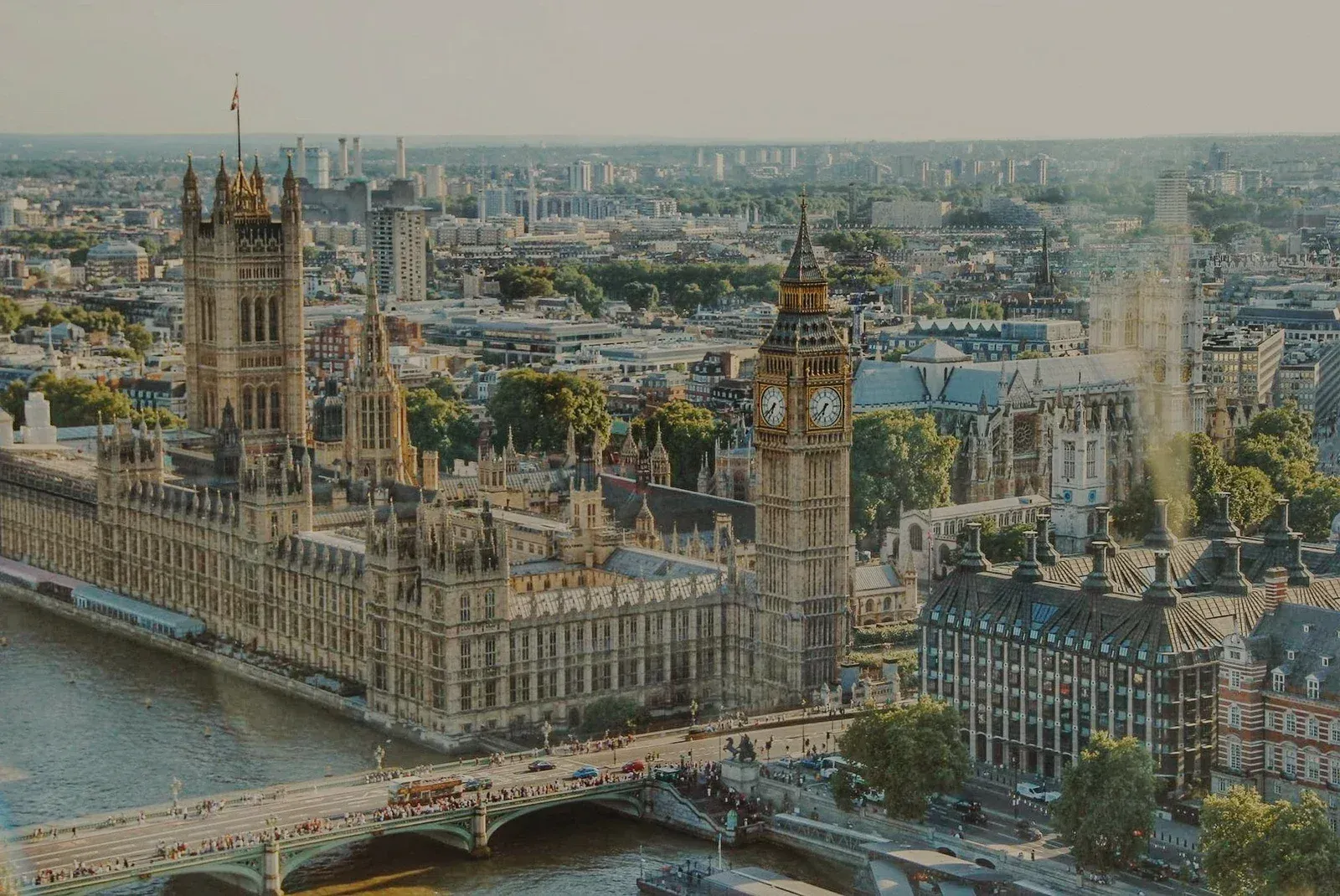
London Travel Resources
Planning a trip to London? Check out our recommended travel resources for attractions, flights, hotels & more.
Find the best resources 👉



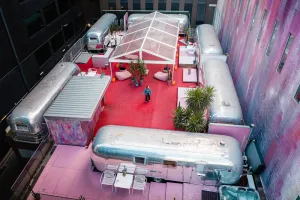





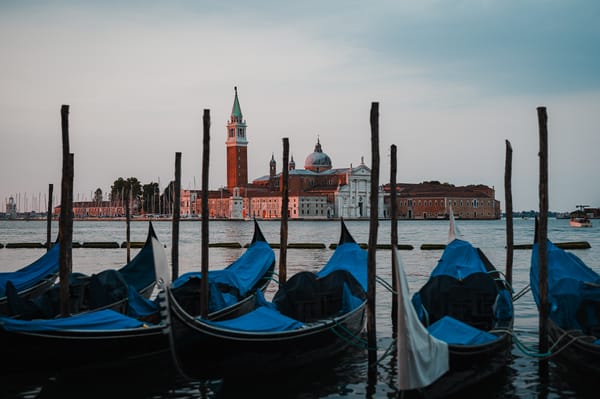
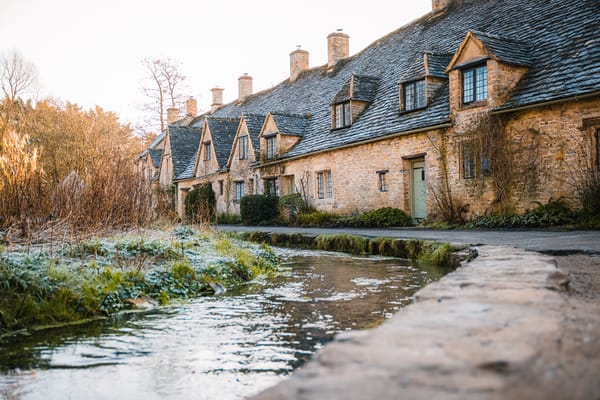

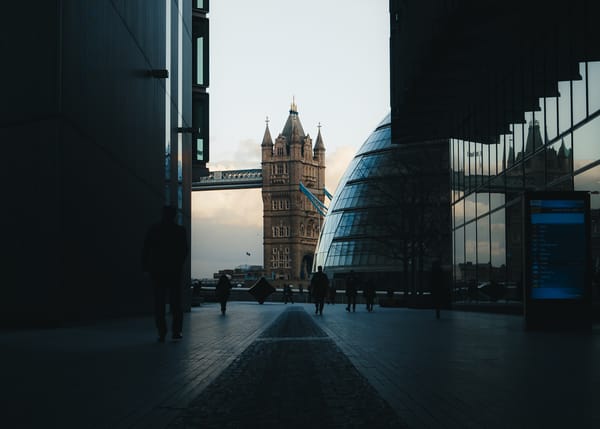

Member discussion